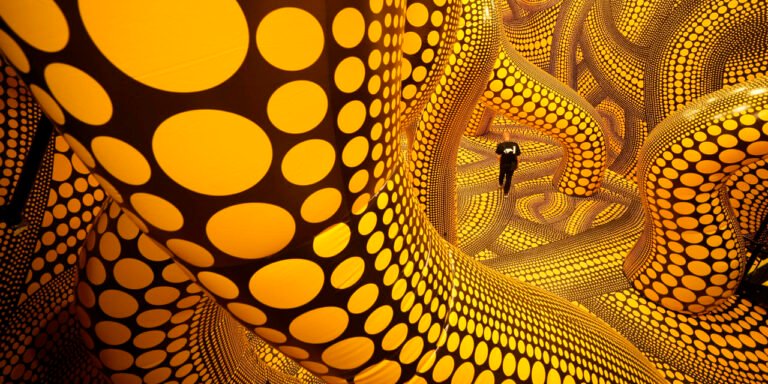The business of selling just a slice of a painting is turning out not to be a flash in the pan.
A report Wednesday by London-based ArtTactic documents the growing number of so-called fractional art platforms, and finds “interest in fractional ownership investments in art and collectibles shows no sign of abating,” despite a slowdown in global art sales.
With the exception of Masterworks, a New York-based company that began acquiring art in 2017, many fractional art companies are relatively new and each has its own take on the market.
Delaware-based Freeport, for instance, is courting crypto enthusiasts by distributing its shares via tokens on the Ethereum blockchain, while investors in London’s new Ikon Exchange can buy shares in artworks owned by institutions and others who want to get liquidity out of their holdings.
According to the report, individual investors appear to be increasingly interested in buying fractions of artworks. Though they may not get to fully own a painting by Pablo Picasso or Yoshitomo Nara, buying a bit of one provides a share in the work’s appreciation when it’s sold.
Advertisement – Scroll to Continue
A separate April report on online art buying by ArtTactic for
insurance found 9% of art collectors surveyed had bought fractional shares, but that 61% said they likely would in the next 12 months. Nearly half of those surveyed have collected art for more than 10 years.
“Many see these new investment models as a democratization of an otherwise hard-to-access market place, particularly from an investment perspective,” the report said.
ArtTactic’s research on the fractional art market delves most deeply into Masterworks, a pioneer in the sector, which continues to grow and develop its platform and has increasingly bought more costly works. Since the company began acquiring art in 2017, it has spent a total of US$787 million through June, ArtTactic said.
Advertisement – Scroll to Continue
The report is based on data and information collected from SEC filings and doesn’t include purchases that haven’t been filed yet, a spokesman for the company noted.
In the first half of this year, Masterworks bought 73 new art pieces valued at nearly US$180 million. The average price for each was nearly US$2.5 million, though the company bought Jean-Michel Basquiat’s Untitled (Pollo Frito), 1982, for US$33.05 million in May and an untitled Basquiat work from 1983 for US$14.1 million in April, the report said. Both artworks were acquired in private transactions, which is how the company has bought a majority of its art, according to ArtTactic’s analysis.
On Tuesday, Masterworks launched the sale of 1.8 million Class A shares to the public of Pollo Frito for a total price of US$36.7 million.
Advertisement – Scroll to Continue
The real question for investors is what kind of return to expect, because buying shares of an artwork is fundamentally an investment in an asset class, similar to buying a share of stock in a company.
There’s no guarantee any work will appreciate in value, but Masterworks 14 sales through July 10 have realized net returns to investors ranging from 3% for Andy Warhol’s Flowers, 1964-65—which the company bought for US$3 million and sold for US$3.5 million—to 86% for Sam Gilliam’s Tracing, 1971, which it bought for US$700,000 and sold for US$1.65 million.
A collaboration between Delaware-based investment company Artemundi and Sygnum Bank, a digital asset bank based in Zurich, which sold Pablo Picasso’s Fillette au béret in October 2021, recently sold the 1964 painting and returned 20% to investors, ArtTactic said.
Other new entrants in the sector include ARTSPLIT, based in Lagos, Nigeria, which is selling shares in African art and music; London-based Showpiece, which sells shares in collectibles in addition to fine art; and Swiss-based Arkefi.
The Artex Group, based in Liechtenstein, also launched this year to sell shares of major artworks (valued at US$50 million or more) via a multilateral trading facility regulated by the Financial Market Authority of Liechtenstein. The company will be selling secondary market shares via placement agents in Francis Bacon’s Three Studies for a Portrait of George Dyer later this year. The painting is valued at US$55 million.

